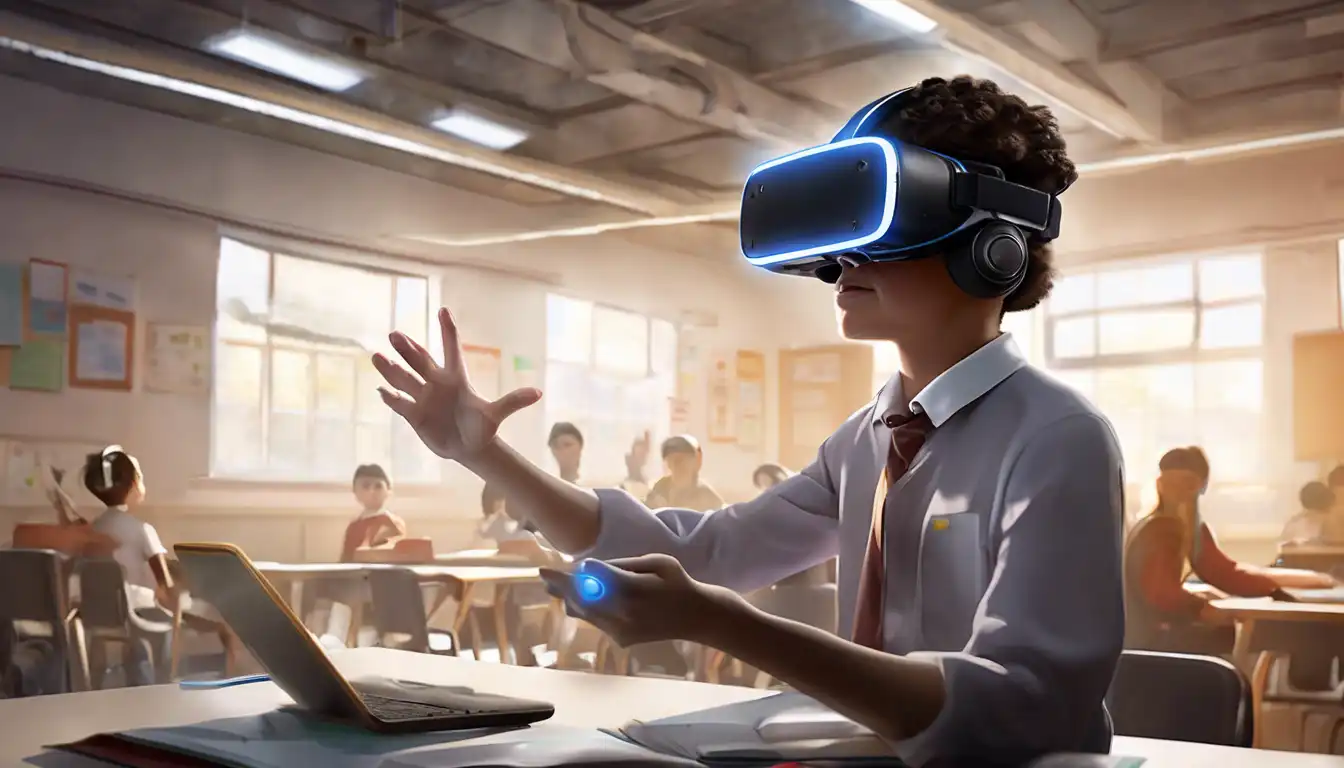The Transformative Impact of Virtual Reality on Learning and Development
Virtual Reality (VR) technology has been making waves across various sectors, but its potential in education and training is particularly groundbreaking. By creating immersive, interactive environments, VR offers unparalleled opportunities for experiential learning, skill development, and engagement. This article delves into how VR is reshaping the educational landscape and training methodologies.
Immersive Learning Experiences
One of the most significant advantages of VR in education is its ability to simulate real-world environments. Students can explore historical sites, dissect virtual frogs, or even travel through the human bloodstream, all from the safety of their classroom. This level of immersion enhances understanding and retention, making learning more effective and enjoyable.
Enhanced Training Programs
In the realm of professional training, VR provides a safe and controlled environment for practicing complex or dangerous tasks. From medical surgeries to flight simulations, trainees can hone their skills without the risk of real-world consequences. This not only improves proficiency but also significantly reduces training costs and resources.
Accessibility and Inclusivity
VR technology has the potential to make education more accessible to people with disabilities or those in remote areas. Virtual classrooms can bring high-quality education to students who might otherwise be excluded due to physical or geographical limitations. Furthermore, VR can cater to different learning styles, offering personalized experiences that meet individual needs.
Challenges and Considerations
Despite its benefits, the integration of VR into education and training is not without challenges. High costs, technical requirements, and the need for specialized content creation are significant barriers. Additionally, there's the question of ensuring that VR experiences are pedagogically sound and not just technologically impressive.
For more insights into the latest educational technologies, check out our article on The Future of EdTech.
Looking Ahead
As VR technology continues to evolve, its applications in education and training will expand. With advancements in hardware and software, along with decreasing costs, VR is set to become a staple in learning environments. The key to its success lies in thoughtful implementation, focusing on enhancing educational outcomes rather than just embracing the novelty.
In conclusion, VR holds immense potential to revolutionize education and training. By offering immersive, interactive, and inclusive learning experiences, it can address many of the limitations of traditional methods. However, realizing this potential requires overcoming current challenges and ensuring that VR is used as a tool to complement, not replace, effective teaching strategies.
